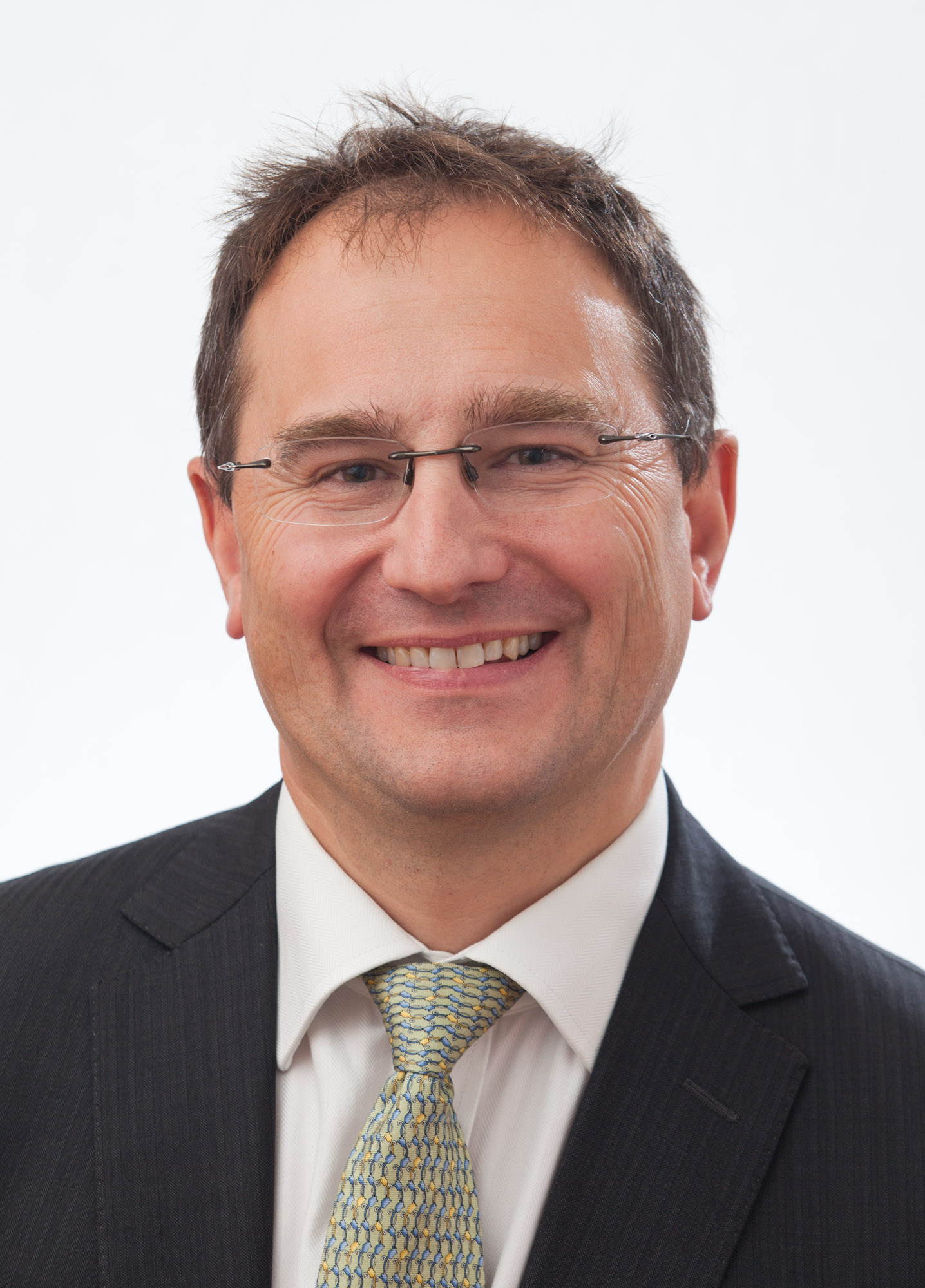Hello, and welcome to Teacher's latest episode of our School Improvement series. I'm Danielle Meloney. Today I'm with Dr Peter Goss, co-author of Targeted teaching: how better use of data can improve student learning. The Grattan Institute research paper highlights schools and education systems that are starting to do targeted teaching in a much more systematic way. I sat down with Dr Goss to find out more.
Danielle Meloney: Dr Goss, welcome to Teacher
Peter Goss: Great to be here Dani.
DM: In the report you say that targeted teaching is the key to increase student progress and school improvement.
PG: What we saw is that there is a huge spread of current achievement in classrooms. On many tests the spread is five to six years worth of achievement. On some tests - particularly those that get at the deeper understanding of concepts - it can be up to an eight year spread. That's huge.
It's also something that teachers have known about for a long time and face in their day to day jobs. What we've also known about for a long time is that students learn best when they're working with material that's not so easy, that they already know it, and they get bored and disengage. Or, when it's so hard that they can't actually engage with the material and succeed in it. It's got to be at the right level for individual students.
The challenge of course, is how to put this together in practice. What we saw in Australian schools is that the assessments that are being used to understand where students are starting from are often not accurate enough to be able to figure out the starting point of this cycle. And it's hard to target teaching if the baseline that you have of where students are at is not that great.
The other thing we found was that a lot of schools and teachers were working alone to face this very challenging problem. And we think it's too hard to do alone, we think that it can be done when there's a more systematic response.
The last thing we found in Australia is that we believe this is showing up in our international test results. So PISA (the Programme for International Student Assessment), the Australian results suggest that while we do pretty well overall, we're not getting as many students into the very top band as some of the best countries, and we have more students below minimum standards.
So, what's the answer to this challenge? We found, and we highlight in the report, examples of some schools that are doing this really systematically. And in general the approach is a four-step one.
First of all, to assess where the students are at using rigorous tests that are aligned with existing standards and benchmarks. Second, to target the teaching. And that's hard, and school's approached it in a different way. If you know where the students are starting from, that's a critical starting point. Third, to track the progress of every individual student over time.
That does two things for you. First, if a student stalls in their learning you pick that up really quickly. As a teacher, if you know that a student has stalled, you can do something about it. Second, to see [whether] all the students [are] making enough progress over time. John Hattie would call that ‘know thy impact' - and then you can assess and see whether the teaching practices are working well enough.
The last bit, which closes the loop, is to adapt your teaching practices on the basis of keeping the things that have worked better and changing or stopping the things that have not worked so well.
DM: For educators wanting to incorporate targeted teaching into their practice, what strategies should they be aware of? What are the first steps that they should take?
PG: What we found Dani is that teachers need support to do this. [In particular], time, tools and training.
So it does take extra time in order to rigorously assess where the students are at and to plan how to target your teaching in response. That can be helped if teachers are given good tools to help them do that assessment and also figure out what to do next.
I'll give one example of that. In New South Wales government schools many of the schools are using a literacy and numeracy continuum. Developed by the government, it's a very fine grain description of the steps of learning.
What that means in practice - for example with counting - is that counting by fives is a different skill from counting by fives starting from any number. The second one's a harder skill. So, when the teachers have a tool that can help them understand exactly what the students know and can do, then they can target their teaching there.
The third part is training, and of course it does require training to do what, for some teachers, is quite a new way of operating. The best training we saw was on-the-ground support, particularly from instructional coaches. [These are] experienced, senior teachers who are working alongside existing teachers who are in the classroom.
The last part of your question is a great one: What's the first step that they should take? Because this is a mindset shift, as well as a shift in practice.
The first step is to make the spread of achievement visible. To find a tool, an assessment test that can really understand over multiple years where each student is currently at.
One of the schools that we spoke to – we call them ‘St Aspire' in the report – they did that for the first time this year in mathematics for primary school. And the teachers said they were shocked [at] just how wide the spread was. They put it up on a data wall ([education consultant] Lyn Sharratt has been a champion of these) so that it was very visible to the teachers. Once it was visible to the teachers then they knew that they needed to respond and the time, tools and training could kick in.
DM: In an ideal world, assuming that funding is available, if all teachers adopted these strategies, what would be the benefit to Australia?
PG: We think the benefit would be tremendous. Let me talk about first of all, the academic learning side of it. Our calculations would be that if all teachers in Australia were adopting these strategies then this would lift Australian student performance to the very top group of the world. That's what we want, and it would do that without forcing students to put in dramatically more work. What it would be doing is maximising the amount of time that each student is spending on a task that is right for them. ... That's the best way to maximise the rate of their learning.
The second thing that it would do is that students would shift over to this mindset of ‘If it put the effort in then I will learn'. Carol Dweck talks about this as [a] growth mindset. Geoff Masters has also spoken about how do you use assessment to build a growth mindset. When students recognise the link between effort and learning that builds their confidence in a very genuine way, it builds resilience, and some of these personal characteristics that are so critical for life after school.
DM: Obviously you've looked at this from an Australian perspective. Do these strategies and recommendations apply to schools globally?
PG: The spread of achievement is not unique to Australia, it happens, we understand, in all schools in all countries. Different systems and different countries have their own history and they have to find their own way of responding to this - but the best systems are, and in our report we talk about a few of those.
One that we would call out that we think is doing a really interesting job in this is Finland. They do it in a couple of ways. Teachers are very highly trained, that I think is well known. What may be less well known is that part of every teacher's responsibility is tracking the progress of all of their students and ensuring that they're making the maximum amount of learning. Because they're doing that they recognise if a student is not making enough progress, wherever they're starting from, and that means the student can get extra support.
Fascinatingly, one in three students in Finland, at some stage of their schooling, will get extra support. That's actually much higher than in some other systems – and it's not seen as a problem. All of us in life find some things easier and some things harder. When things are harder a bit of extra support can help. And [Finland] has taken away the stigma associated with some of the ‘special teaching'.
I think that each country has to see what stage they are at in terms of their education policy. McKinsey & Company did a great report a few years ago talking about the stages in which education systems develop from poor to fair, to good to great to excellent. In those earlier stages it's important to make sure you've got good facilities, well-trained teachers, and targeting teaching would be an aspiration, but it would not be the central thing. But to get from good to great to excellent, systems have to target the teaching to every student and the teachers have to be given the support to do so.
DM: Dr Peter Goss, thank you for taking the time to speak to Teacher today.
PG: Delighted to. Thank you.

Image: Dr Peter Goss.
To listen to more of our podcasts and to access the latest Teacher articles, videos and infographics, visit www.teachermagazine.com.au. Or, join our community on social media via Facebook and Twitter.
- Make sure you don't miss a Teacher podcast, subscribe for free by visiting acer.ac/teacheritunes or www.soundcloud.com/teacher-ACER
References
Goss, P., Hunter, J., Romanes, D., Parsonage, H. (2015). Targeted teaching: how better use of data can improve student learning. Grattan Institute: Melbourne.
Mourshed, M., Chijioke, C., Barber, M., (2010). How the world's most improved school systems keep getting better. McKinsey & Company.
To download Targeted teaching: how better use of data can improve student learning, click the link.



